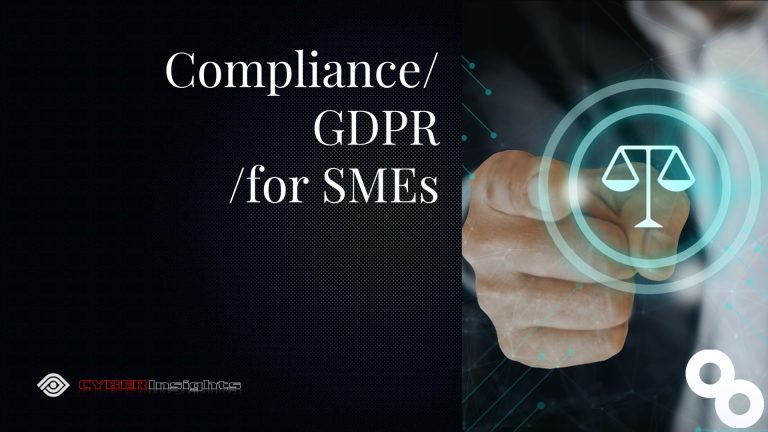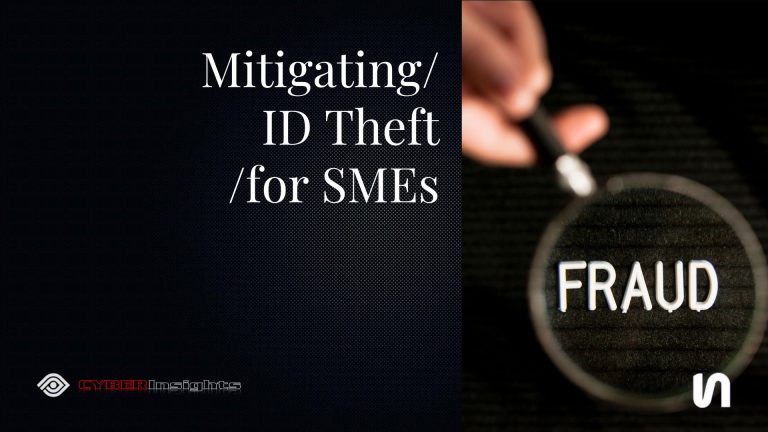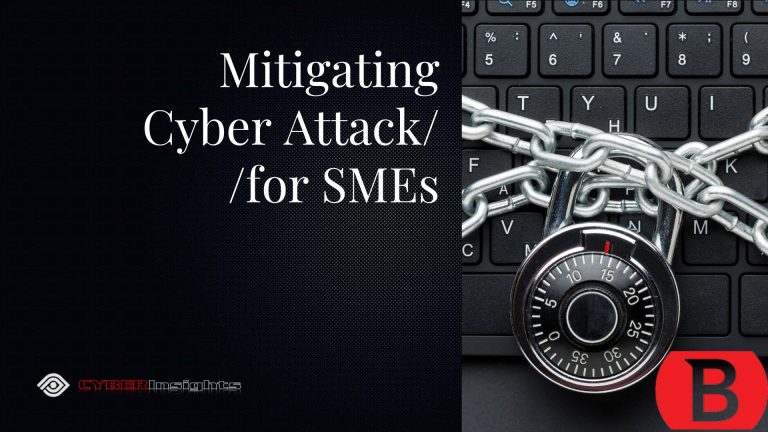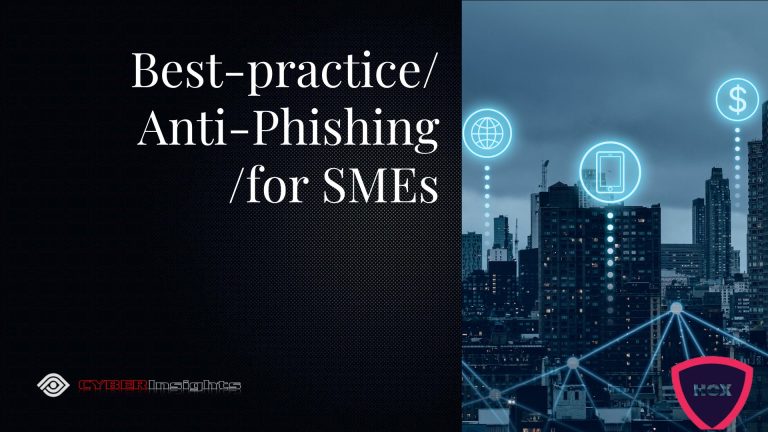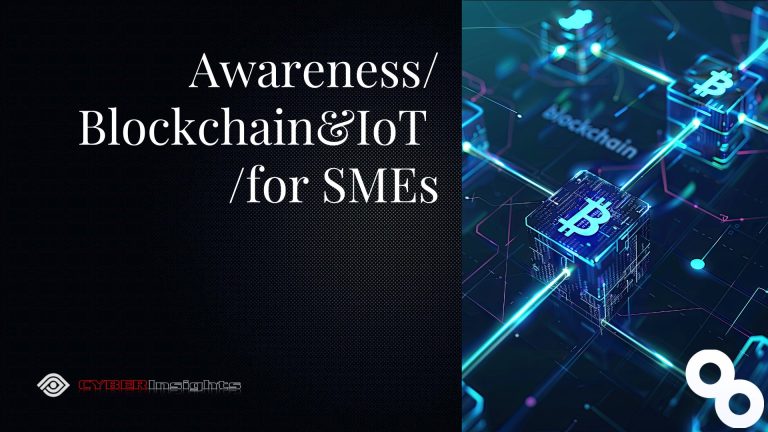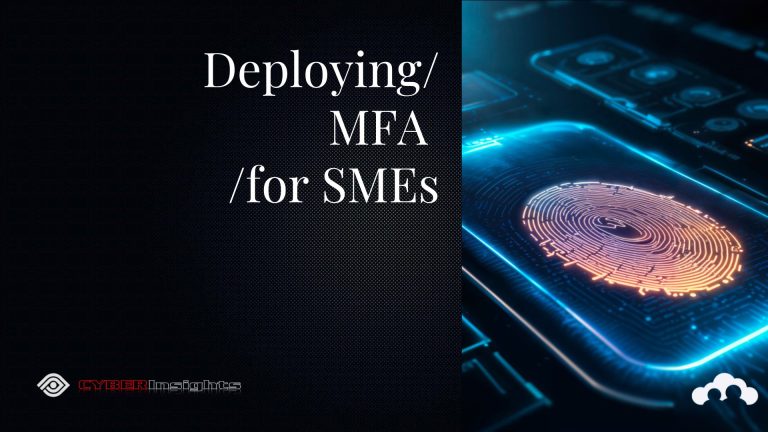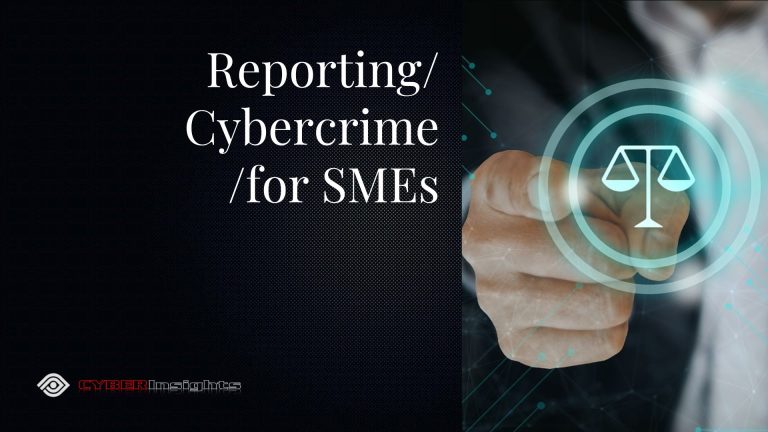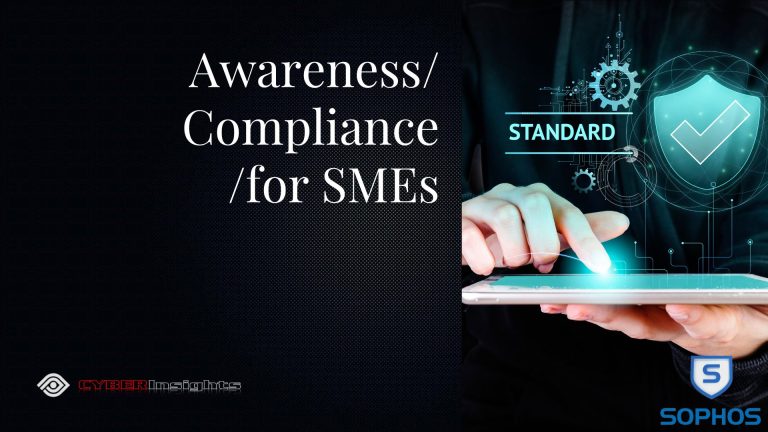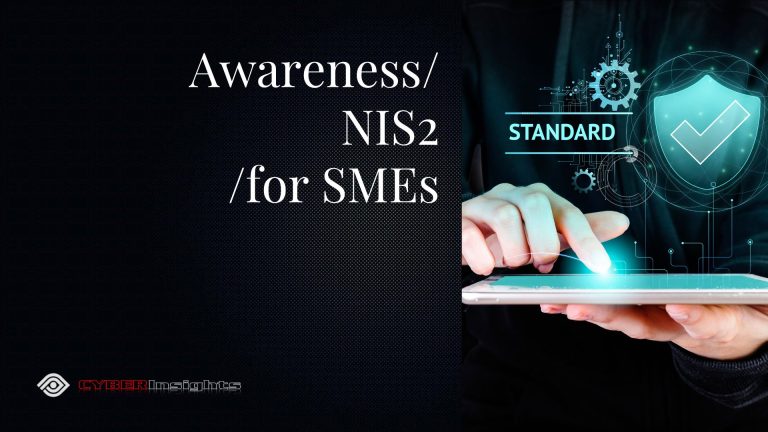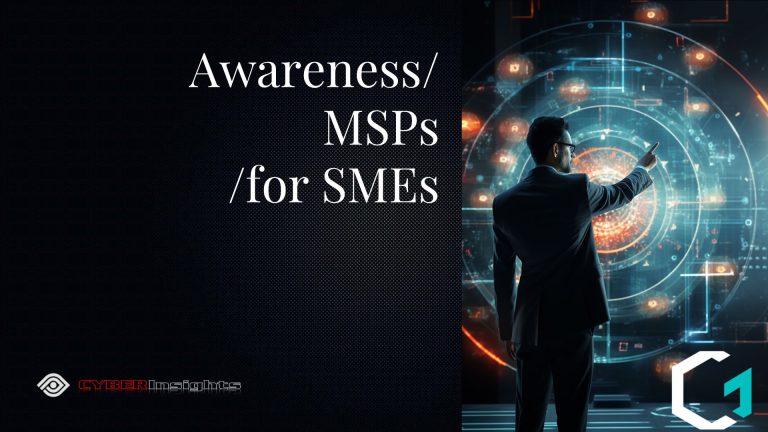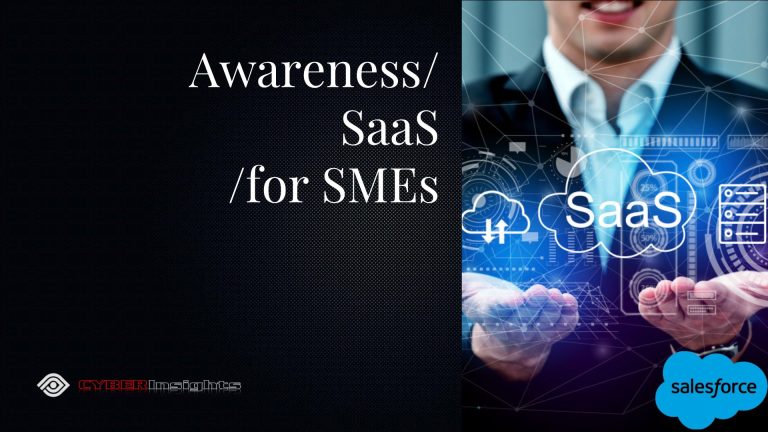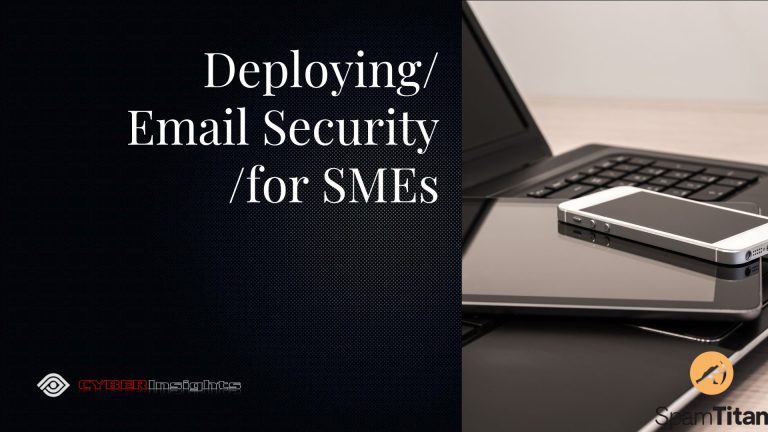BEST PRACTICE: Protecting your Business in an evolving Threat landscape
February 5, 2025






Cybersecurity Best Practices for UK Small Businesses – Protecting Your Business in an Evolving Threat Landscape
In today’s digital economy, UK small businesses are prime targets for cybercriminals. Unlike large enterprises with dedicated cybersecurity teams, smaller businesses often lack the resources to defend against cyber threats, making them vulnerable to attacks. Implementing robust cybersecurity measures is no longer optional—it’s essential to safeguarding operations, protecting customer data, and maintaining trust. Here’s how UK small businesses can strengthen their defences.
Understanding the UK Cybersecurity Landscape
The cyber threat landscape is constantly evolving. From ransomware and phishing scams to insider threats, small businesses must stay ahead of emerging risks. The UK government, alongside organisations such as the National Cyber Security Centre (NCSC), provides resources to help businesses navigate these challenges. One of the most effective starting points is the Cyber Essentials Scheme.
Cyber Essentials: A Baseline for Security
The Cyber Essentials certification is a government-backed initiative that helps UK businesses protect themselves against common cyber threats. Achieving certification demonstrates a commitment to cybersecurity, builds customer confidence, and may even be a prerequisite for securing certain government contracts.
Key Benefits of Cyber Essentials Certification:
* Protection against common threats like malware, phishing, and hacking attempts.
* Enhanced understanding of cybersecurity risks and mitigation strategies.
* Competitive advantage by demonstrating a proactive security approach.
* Core Cybersecurity Best Practices for UK SMEs

1. Strengthening Access Controls
Restricting access to sensitive systems is crucial to reducing the risk of breaches.
Best practices:
* Implement role-based access control (RBAC) and least privilege policies
* Regularly review and update user permissions.
* Avoid shared logins; assign unique user credentials for accountability.
2. Enhancing Password Security
Weak passwords remain one of the biggest security risks for businesses.
Best practices:
* Enforce strong password policies (mix of letters, numbers, and symbols).
* Enable multi-factor authentication (MFA) for critical accounts.
* Discourage password reuse across different platforms.
Fact: Over 80% of hacking-related breaches involve compromised or weak passwords (Verizon Data Breach Investigations Report).
3. Deploying Effective Firewalls
Firewalls act as a first line of defence against external threats.
Best practices:
* Deploy network and host-based firewalls for layered security.
* Regularly update firewall configurations to address new threats.
* Monitor firewall logs to detect suspicious activity.
4. Ensuring Secure System Configurations
Default system settings can expose businesses to unnecessary risks.
Best practices:
*Disable unnecessary software and services.
* Change default passwords on all systems and devices.
*Conduct regular security audits to ensure configurations remain secure.
5. Keeping Software Updated
Cybercriminals exploit vulnerabilities in outdated software.
Best practices:
* Enable automatic updates where possible.
* Regularly check and apply patches for operating systems and applications.
* Prioritise updates addressing critical security vulnerabilities.
*The NCSC reports that timely patching can prevent up to 80% of attacks exploiting known vulnerabilities.
6. Implementing Robust Malware Protection
Malware can disrupt operations and compromise sensitive data.
Best practices:
* Install reputable anti-malware software on all devices.
* Keep virus definitions up to date to detect emerging threats.
* Train staff to recognise malicious links and email attachments.
Fact: 39% of UK businesses reported a cyberattack in the last 12 months
Building a Security-Conscious Workforce
7. Employee Training and Awareness
Human error is a leading cause of cybersecurity breaches.
Best practices:
* Conduct regular cybersecurity awareness training.
* Provide updates on emerging threats and response strategies.
* Foster a culture of vigilance where employees report suspicious activity
8. Developing an Incident Response Plan
A well-defined response plan minimises damage and accelerates recovery.
Best practices:
* Assign clear roles and responsibilities for incident handling.
* Establish communication protocols for notifying stakeholders.
* Regularly test and update the plan to maintain effectiveness.
* Leveraging Technology and External Support
9. Secure Cloud Adoption
Cloud services offer flexibility but require secure configurations.
Best practices:
* Choose trusted cloud providers with strong security features.
* Understand the shared responsibility model in cloud security.
* Encrypt sensitive data stored in the cloud.
10. Seeking Professional Assistance
Many UK SMEs lack in-house cybersecurity expertise.
Options:
* Consult cybersecurity specialists to assess and mitigate risks.
* Engage Managed Security Service Providers (MSSPs) for ongoing monitoring.
* Join industry security networks to stay informed.
* Compliance and Regulatory Considerations
11. Adhering to Data Protection Laws
Compliance with GDPR and UK data protection laws is non-negotiable.
Best practices:
Understand the data you collect and ensure it’s securely processed.
* Implement data retention and disposal policies.
* Maintain transparency in how customer data is handled.
* Non-compliance with GDPR can result in severe fines and reputational damage.
* Leadership and Cybersecurity Commitment
12. Executive Buy-In and Continuous Monitoring
Cybersecurity must be a leadership priority.
Best practices:
* Allocate adequate resources for cybersecurity initiatives.
* Integrate security into business strategy and risk management.
* Stay updated on emerging threats and adapt defences accordingly.
* Strengthening Your Cyber Resilience
By implementing these cybersecurity best practices, UK small businesses can significantly reduce their risk exposure while building customer trust. Proactive security measures not only safeguard business operations but also create a competitive advantage in today’s digital-first landscape.
GDPR Training & Audits – Your business’s reputation is everything. If you’re not GDPR compliant, there is much more at stake for your company than a fine. Without your reputation and proof that you can offer your clients/customers complete privacy and protection, you could be left out in the cold. Our online course offers you a human approach to training while being informative and easy to follow. We also offer in-house training with Keith, who has been involved in the development of the General Data Protection Regulation with both the UK Information Commissioner’s Office and the Internet Advertising Bureau. As well as training, we are able to run full GDPR audits on your businesses terms and conditions and privacy policies.
For further guidance, Cybersecurity Best Practice Advice to help keep your Small Business Cybersafe head over to CYBERInsghts or Join CYBERConfidential Free Now! & Access my SME Cyber Forum – Read, Learn, Engage, Share …
The Latest SME Cybersecurity News, Threat Intelligence & Analysis, Timely Scam Alerts, Best-practice Compliance, Mitigation & Free to use Resources specifically curated for UK Based SMEs in a Single Weekly Email direct to your Inbox or Smart Device together with Unrestricted Free Access to our entire SME Cyber Knowledge & Tutorial Library. #CyberInsights #CyberSecurity #CyberAttack #CyberAwareness #Compliance #DDoS #Fraud #Ransomware #ScamAlert #SME #SmallBusiness #SmallBusinessOwner #ThreatIntel


